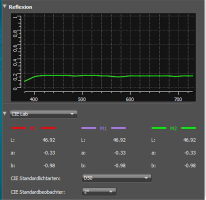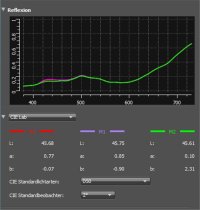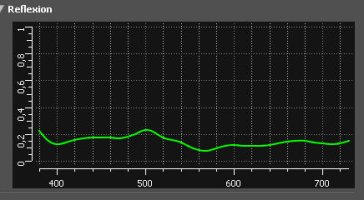nertog
Print Addict
- Joined
- Jun 30, 2009
- Messages
- 156
- Reaction score
- 82
- Points
- 161
- Location
- Regensburg, Germany
- Printer Model
- Epson R3000 - PX720 - P50
I had a quick look at the attached ICC profile. Your black level is very high (L=26, should be 5-10 on a decent paper). The black ink seems to be very brownish, as well. If you do wish to use this specific printer-ink-paper combo, I would not expect nice b&w performance...even after profiling.Hello, nertog, I used the test.ti in your attachment, then printed it, and generated a black and white configuration file. Then I printed with the black and white configuration file generated by argyll, and compared it with the configuration file printing generated by I1 studio. , I prefer the configuration file of i1 studio, which feels closer to the color of the original image, while the configuration file generated by argull looks greenish to my eyes when printed
Also, keep in mind that Argyll (and other profiling packages) assume you view your images under a D50 spectrum. The light spectrum has a huge impact on dye inks, much less on pigments.



